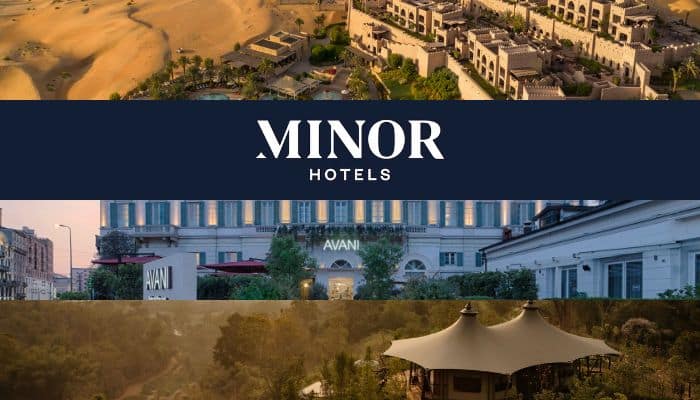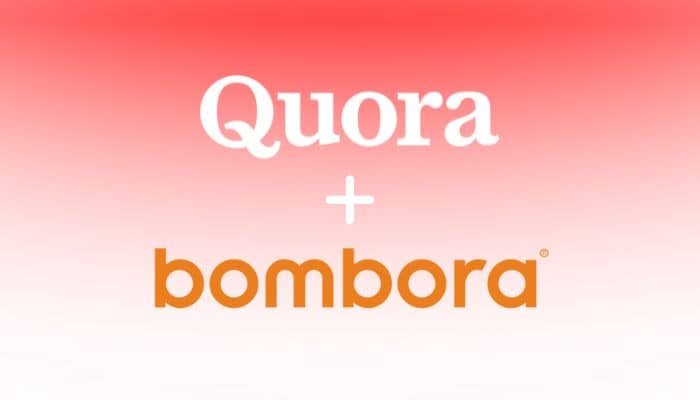Thailand – Minor Hotels has unveiled a major brand transformation, evolving into a guest-centric masterbrand focused on delivering innovative and meaningful hospitality experiences.
Minor Hotels’ transformation, driven by a new brand identity, enhanced digital experience, and streamlined loyalty and B2B offerings, aims to deliver what matters most to guests, team members, and stakeholders.
The new masterbrand strategy unites Minor Hotels’ eight hotel brands—Anantara, Avani, Elewana Collection, NH, NH Collection, nhow, Oaks, and Tivoli—along with its travel experience brands under one banner, enhancing brand visibility and strengthening its position among stakeholders.
Under its major brand overhaul, Minor Hotels unveils a fresh new look. The revamped logo features an arrowhead within the ‘M,’ symbolising direction and guidance—reflecting Minor’s role in shaping meaningful guest journeys.
The refreshed visual identity includes a new colour palette, signature fonts, and striking photography. Anchored by the brand essence ‘What Matters Most’, Minor Hotels’ voice aligns with the evolving needs of guests, stakeholders, and team members.


Guests will experience the rebrand across digital and mobile platforms, marketing, sales channels, and on-property interactions. Multi-brand communications and advertising will further elevate Minor Hotels’ presence, leveraging its hotel brands to strengthen awareness.
Each of Minor Hotels’ brands will retain its unique identity while benefiting from the masterbrand’s development. The rebrand also introduces a new brand architecture, grouping hotels into three segments—Luxury, Premium, and Select—to guide guest choices. Further expansion is planned, with at least two new brands launching later this year.
Beyond its new look, Minor Hotels has enhanced its digital experience. The group has relaunched minorhotels.com as a consumer-focused platform, shifting away from its corporate and development-centric approach.
For the first time, guests can book any of Minor Hotels’ 560+ properties in one place and access destination insights.


A new Minor Hotels app consolidates all brands into a single platform, replacing individual hotel apps. Travellers can use it to book stays, manage reservations, and access destination details. The group will also continue expanding functionality on its website and app, integrating restaurant, spa, and wellness services.
Alongside its new app, Minor Hotels has streamlined its loyalty programme under ‘Minor DISCOVERY’. The group will continue its partnership with the Global Hotel Alliance’s (GHA) GHA DISCOVERY but will unify its hotel-brand-specific loyalty names—such as Anantara DISCOVERY and Avani DISCOVERY—under a single identity. This change simplifies member access and enhances programme consistency.
Minor Hotels is also introducing ‘Minor PRO’, a dedicated platform for businesses, event planners, and travel agents. Minor PRO consolidates existing B2B programmes, including NH PRO, Anantara Journeys, and Oaks Professionals, providing tailored solutions for professional customers.
Ian Di Tullio, chief commercial officer of Minor Hotels, commented, “The reimagined Minor Hotels brand represents more than just a new identity. Our value-driven evolution, powered by enhanced digital platforms, a streamlined loyalty programme, and a strong distribution strategy, reflects our ambition to deliver extraordinary hospitality experiences to our guests and be the partner of choice for owners and investors.”
“By uniting our brands under the Minor Hotels masterbrand, we’re excited to enter a new era of growth where Minor Hotels will resonate as powerfully with travellers as it already does with our partners,” Tullio added.

The brand refresh is the most significant evolution in Minor Hotels’ history, marking a key milestone as the group prepares to add nearly 300 properties by 2027. It also builds on the 2018 acquisition of NH Hotel Group—now operating as Minor Hotels Europe & Americas—which tripled its global presence.
Dillip Rajakarier, group CEO of Minor International, said, “The Minor Hotels rebrand is a natural progression for us, building on a success story spanning more than five decades. It isn’t just about driving revenue and profitability; it’s also about harnessing the strength of our diversity, our knowledge and team members to achieve long-term sustainable growth and invest in the guest experience.”
“Unifying all our hotel brands and travel experiences under the Minor Hotels umbrella will help us strengthen our positioning in the hospitality industry and help us deliver on our growth ambitions,” he added.











